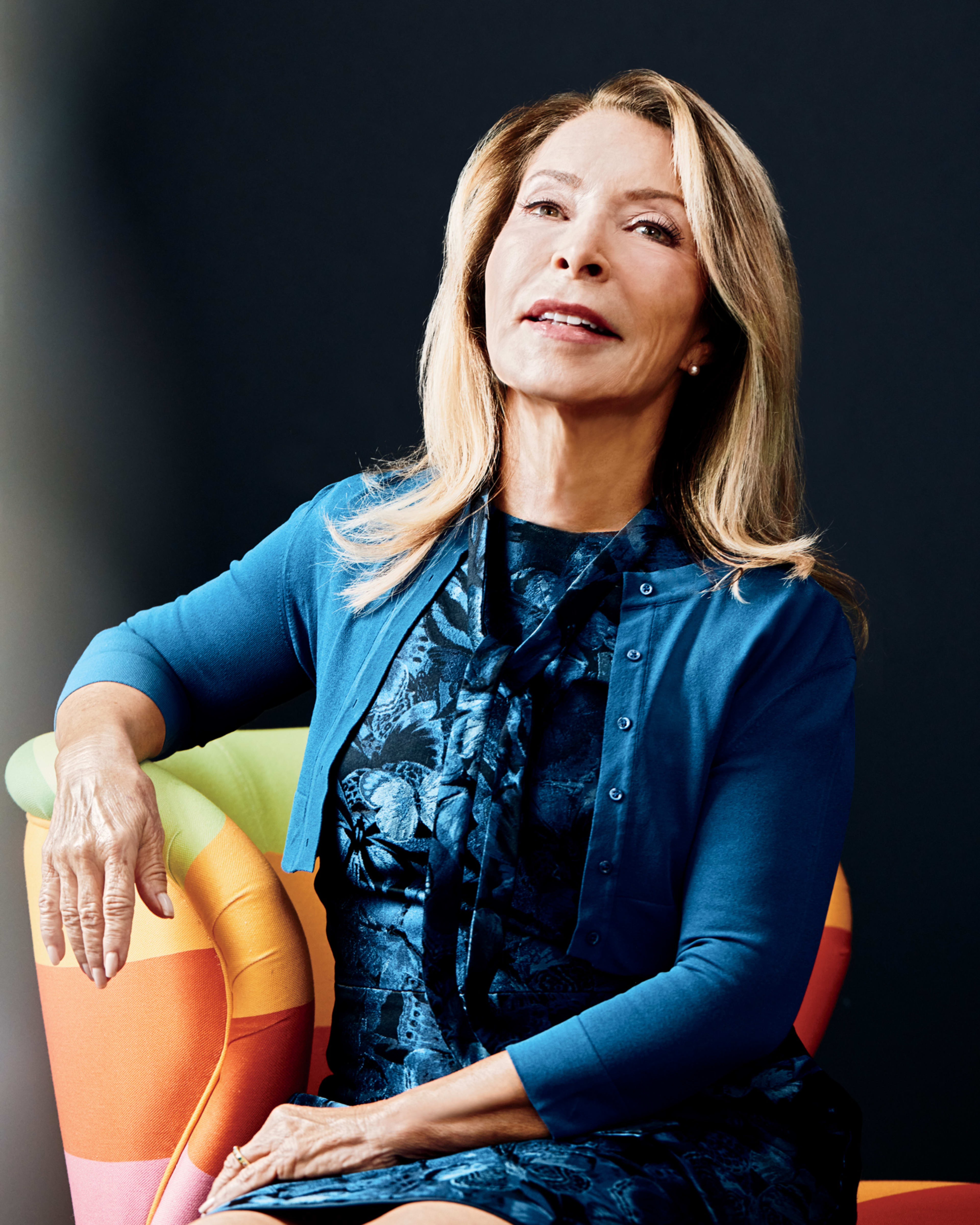Paula Wallace has invited me to tea. The founder and president of the Savannah College of Art and Design (SCAD) recently returned to the school’s coastal Georgia home after an extended visit to its campus in the South of France, and so on a humid July day, down a street lined with towering live oaks, I arrive at a redbrick, fortresslike structure with green turrets and ornate wrought ironwork, where we’ve agreed to meet.
The building was constructed in 1892 as an armory for Savannah’s volunteer army, but in 1979, the then-30-year-old Wallace decided to buy it. For years, she’d been dreaming of opening an arts college that would prepare students to earn a living doing what they loved. She stumbled upon this handsome, somewhat derelict, building and thought it looked promising. To pay for it, Wallace sold her beloved yellow Volkswagen Beetle, and her parents donated part of their retirement savings to the cause. She moved in, and with her family’s help, scrubbed the floors and repainted the walls. Six months later, SCAD opened its doors to its first class of 71 freshmen.
This is SCAD’s origin story, and it has now been packaged up into a tourist attraction—called, yes, SCADstory—which occupies the ground floor of what is now Poetter Hall (Wallace’s parents’ surname). When you step into a room, the lights dim, then the clock and paintings on the wall come to life, much like in the Haunted Mansion ride at assorted Disneyland theme parks around the world, which makes sense because SCAD’s “themed entertainment” students helped craft it. The experience is even narrated by a perky cartoon version of Wallace, frozen forever in her youth.
Wallace, now 74, has always been animated by her mission to create a world where there are no starving artists. “Back then, artists who cared about making a living were called sellouts,” she says. “There was the idea that artists had to suffer. I never wanted that for our students. I wanted them to have happy, rewarding lives after SCAD. I decided we had to be business-oriented.”
Recognize your brand’s excellence by applying to this year’s Brands That Matter Awards before the final deadline, June 7.
Sign up for Brands That Matter notifications here.
